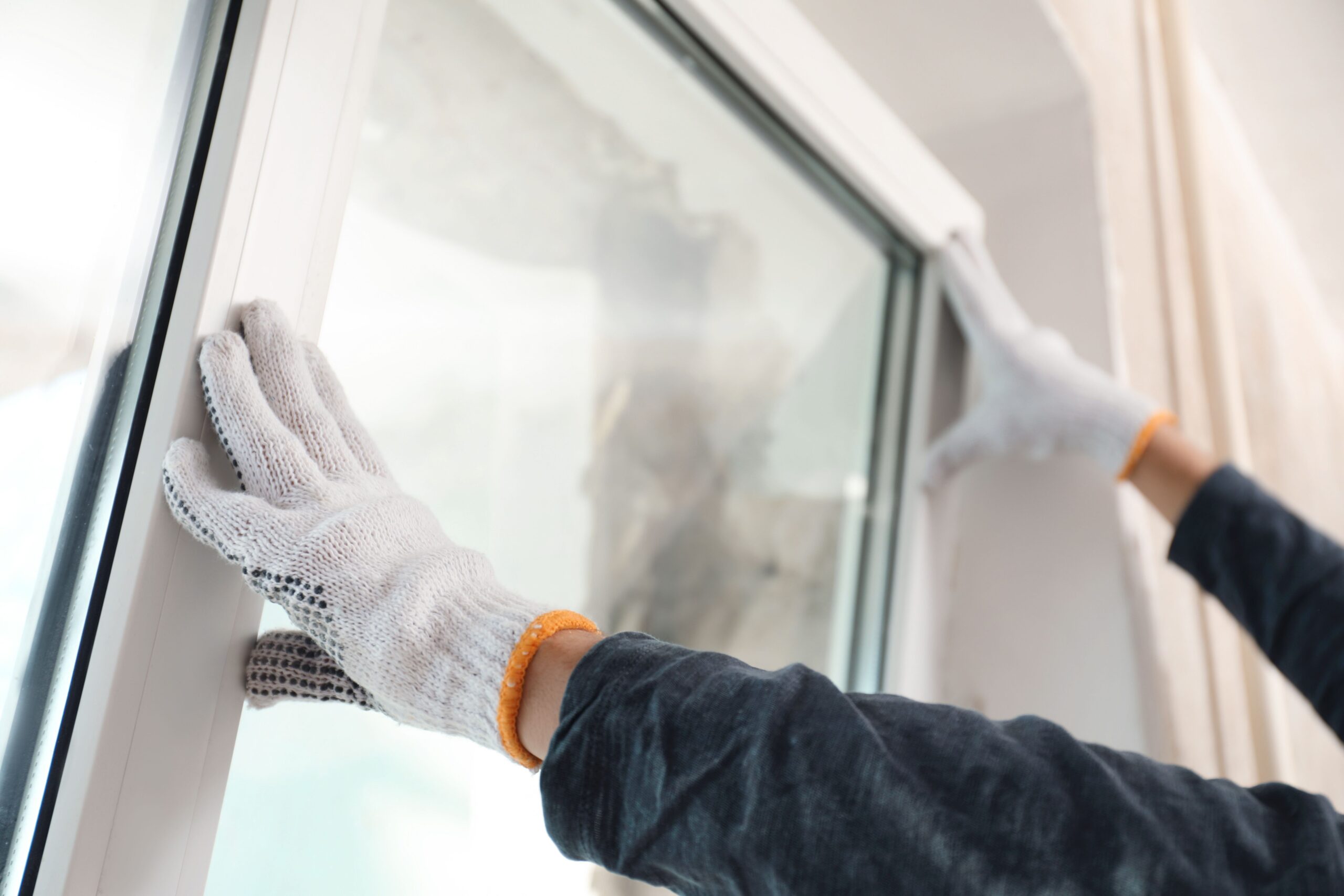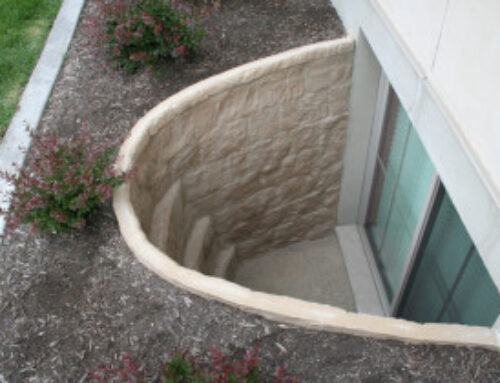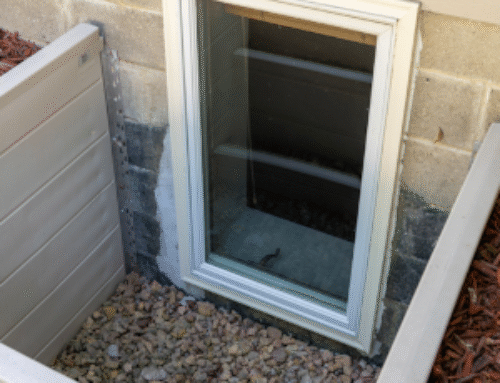Egress windows are more than just a home upgrade—they’re a critical safety feature. In fact, building codes across the U.S. require them in finished basements and bedrooms where a traditional door exit isn’t available.
But while their value is clear, homeowners often wonder: how much does it cost to install an egress window?
The answer depends on several variables, including the type of window, location in your home, excavation needs, materials, and local code requirements.
Whether you’re planning a simple swap or a major basement remodel, understanding the full scope of egress window costs will help you budget more confidently and avoid surprises.
Average Cost of Egress Windows
On average, homeowners spend between $2,500 and $5,500 per egress window installation.
- Basic installations with minimal structural changes can start around $1,500 to $2,000.
- High-end projects involving basement excavation, custom window wells, or cutting through the foundation can exceed $8,000.
These figures include both the window unit and labor, but additional work like drainage improvements or permits may add to the final total.
6 Factors That Affect Egress Window Costs

1. Window Type
Casement windows are often more expensive than sliding or double-hung styles due to their crank-operated hardware and side-hinged design. Their ability to open wide makes them code-compliant in smaller spaces, but the extra components and installation complexity raise the overall price.
2. Location in the Home
Installing an egress window above grade, such as on the first floor, is generally simpler and less expensive than installing one in a basement. Basement installations often involve cutting into concrete or block walls, which requires more labor, specialized tools, and added structural considerations.
3. Excavation Needs
When installing a window below ground level, excavation is typically necessary to create enough clearance for the window well and emergency exit path. This can involve digging out soil, removing debris, and reinforcing the surrounding foundation to prevent water intrusion and maintain stability.
Excavation will add more to labor and material costs.
4. Window Well Installation
A window well is essential for basement egress windows to provide a clear and accessible exit route. Proper installation often includes a drainage system and a built-in ladder, both of which ensure code compliance and long-term functionality.
5. Permits and Inspections
Depending on your location, local building codes may require permits for any egress window installation. Inspections are also often needed to verify that the installation meets safety and code standards, which can add both time and cost to the project.
6. Material and Design Upgrades
Choosing high-end finishes like energy-efficient glazing, decorative trim, or custom-sized frames will increase your total cost. These upgrades can improve aesthetics and performance but should be weighed against your budget and goals for the space.
Cost Breakdown by Type of Egress Window
Here’s a quick comparison of typical egress window costs by type:
| Window Type | Average Cost (Installed) |
|---|---|
| Casement | $2,500 – $5,000 |
| Sliding (Horizontal) | $2,500 – $4,500 |
| Double-Hung | $1,500 – $3,500 |
| In-Swing/Out-Swing | $2,500 – $5,500 |
| Basement (with well) | $3,000 – $8,000+ |
Ways to Save on Egress Window Installation
Looking to keep costs manageable? Try these money-saving tips:
- Get multiple quotes from reputable contractors to compare pricing.
- Stick to standard sizes to avoid custom fabrication.
- Use existing penings if possible to avoid cutting into the foundation.
- Bundle projects like foundation repair or basement finishing for potential discounts.
4 Long-Term Benefits of Egress Windows
Installing egress windows pays off well beyond code compliance. Even though the initial cost may seem steep, the safety benefits and long-term returns make egress windows a smart investment.
Higher Home Resale Value
Homes with code-compliant egress windows—especially in finished basements—tend to attract more buyers and command higher selling prices. These windows not only improve the safety and usability of the home, they also allow you to legally market basement rooms as bedrooms or living space, which increases overall square footage.
Improved Safety for Your Family
Egress windows serve as emergency exits in case of fire, flooding, or other disasters, offering peace of mind for homeowners and their loved ones. This added layer of safety is especially critical in basement bedrooms, where alternative escape routes may be limited.
Lower Home Insurance Premiums (in some areas)
Some insurance providers may offer reduced premiums for homes with properly installed egress windows, especially in finished basements. By meeting safety codes and reducing risk, these windows can make your property less of a liability from an insurer’s perspective.
More Functional and Livable Basement Space
Egress windows bring in natural light and fresh air, transforming dark, damp basements into comfortable, livable areas. Whether you’re creating a guest room, home office, or rental suite, the addition of egress windows makes the space much more inviting.
These long-term benefits add up, making egress windows a wise choice for any home improvement plan.
Frequently Asked Questions
Invest in Safety and Value
Egress windows offer a critical combination of safety, comfort, and long-term value—and understanding their costs upfront can help you make smarter decisions for your home.
From basement installations to above-grade upgrades, choosing the right type of window and working with a trusted contractor ensures code compliance and peace of mind.
At Crossroads Foundation Repair, we specialize in safe, code-compliant egress window installations that add beauty and functionality to your home. Whether you’re remodeling a basement or preparing your home for resale, our experienced team is here to guide you every step of the way.
Contact us today for a free consultation and quote—because when it comes to safety and value, there’s no better time to invest.




